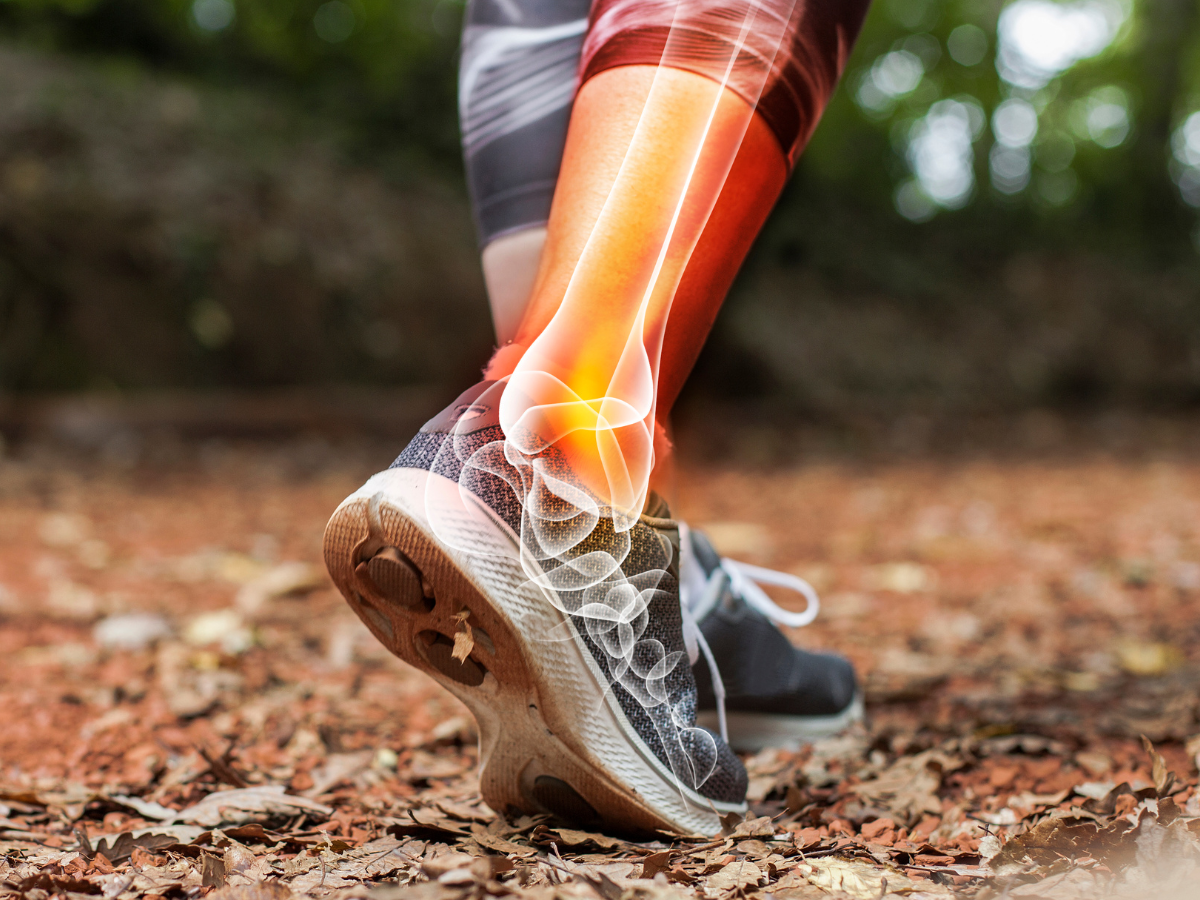Most of us take our abilities to walk up and down steps for granted. However, for many seniors and individuals with disabilities, climbing the stairs is a risky undertaking.
“Stairs of all types have been used since ancient times, and because they are inherently hazardous, people have been falling on them, getting hurt or even killed in the process,” reports the Canadian Centre for Occupational Health and Safety, “The vast majority of stairway falls result from a loss of balance, just as falls are on the level.”
So what can you do to ensure that you and your loved ones have safe stair climbs in your home?
Keep the stairwell well-lit.
Generally speaking, you won’t trip and fall over an item that you can clearly see in front of you. Keeping your stairwell brightly lit is a great way to avoid accidents. A well-lit stairwell is especially important in homes that inhabit seniors and/or individuals with vision impairments. As Wayne Maynard and George Brogmus contend on EHSToday.com, you should keep your stairways lit at all times.
“Install at least 20 foot-candles (200 lux) of local spot or floodlight illumination to highlight the stairway and the floor approaching it on both levels,” they recommend, “Measure the illumination at the applicable floor or stair tread surface. Make sure the edge of each tread is properly illuminated, and aim the lighting so that shadows are not cast on the stairway and glare does not disrupt the vision of those approaching the stairway.”
Place anti-slip surfaces on the steps.
If your stairs are carpeted, you may be under the impression that it should secure your footing. This might be true in most cases. But is the carpet frayed or worn in any places? Inspect your steps to make sure that its carpeting doesn’t present tripping hazards. If the stairs aren’t carpeted, it’s advisable that you place non-slip materials on them. This will give your household’s members some tread to keep them from losing their footing while climbing the steps.
“The staircase should be made with slip-resistant materials, otherwise, can be dangerous especially for children and elders,” warns home inspection providers, MACJ, “You can reduce the risk of the slip by using anti-slip materials in the stair treads and landing surfaces. People often use anti-slip materials on the leading edge of the treads to prevent slip-related incidents. Slip-resistant or anti-skid paints2 are also available and you can use them on your staircase.”
Give your stairs tune ups when necessary.
We give our cars tune ups on a regular basis, don’t we? Who says our stairs don’t need the same attention? Sure, we can argue that vehicles endure completely different wear and tear. But, like our cars, we use our stairs all the time, right? Check on your steps to make sure there are no cracks and dents. Make sure all steps are level. Such damage and disrepair can lead to an injury.
“Many stairway accidents occur due to poor maintenance, inattention and use,” inform Maynard and Brogmus, “Keep stair treads clean and in good condition. There should be no excessive wear, missing treads or loose treads. Carpeted stairs should be in good condition with no noticeable deterioration.”
The qualified technicians at Advantage Home Health Solutions would be happy to make your home’s staircase safer by installing a stair lift system for you. Please don’t hesitate to give us a call at 403-460-5438 to discuss. You may also email us by filling out the form on our Contact page!



